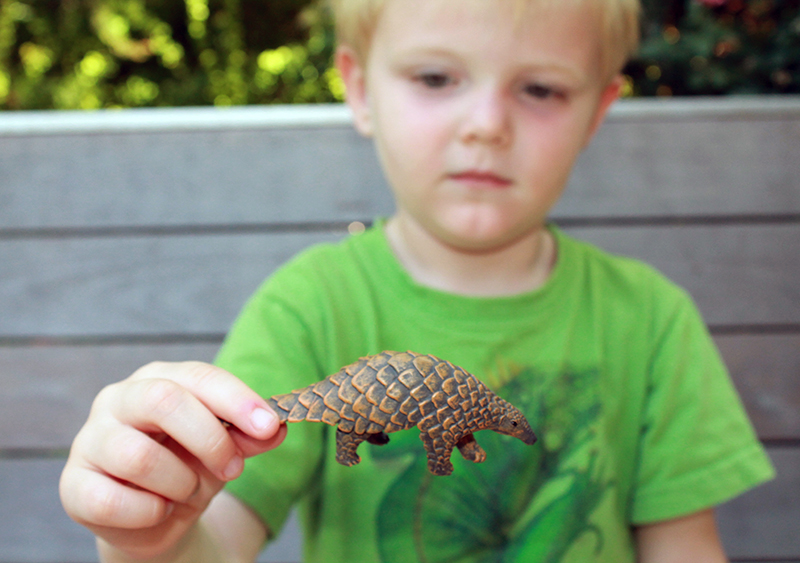
Dr. Candice Mills
A UT Dallas researcher has received a grant from the National Science Foundation (NSF) to better understand how children process scientific explanations, and whether those explanations whet their appetite to learn more about a topic.
The three-year, $475,000 grant will support the work of Dr. Candice Mills, associate professor in the School of Behavioral and Brain Sciences. She has been studying how children make sense of scientific explanations at different ages.
“There are a lot of individual differences in how kids evaluate explanations,” she said. “One of the goals is to better understand those individual differences. Another goal is to help children better recognize explanations that are weak with the hope that they will be motivated to learn more about the topic.”
In a previous study, Mills found that even 5- and 6-year-olds could recognize that circular explanations were not as helpful as non-circular ones. Circular explanations basically sidestep the question without actually providing an answer. As an example, Mills cited explanations about an animal called a pangolin.
“Why do pangolins climb trees? Suppose someone responds by saying that pangolins climb trees because there are trees around for them to climb. That explanation doesn’t actually tell you much at all. Many of the children we’ve worked with — even the 5-year-olds — would quickly say that the explanation didn’t actually answer the question,” she said.
But, according to Mills, scientific explanations are not always easy to evaluate. Explanations can vary in many ways, such as how well they fit with what someone already knows and how relevant they are to the actual question. She said that recognizing when an explanation is wrong is crucial for learning.
“For both children and adults, recognizing that an explanation is incorrect or incomplete is challenging,” Mills said. “There’s a common belief that recognizing an explanation as incomplete makes you want to learn more to fill the gaps in your knowledge. But, surprisingly, little research has examined this issue, particularly with children.”

A child looks at a pangolin figurine as he considers the facts that he knows about the real animal.
For the NSF grant, Mills will be working with Dr. Judith Danovitch from the University of Louisville, who received a separate NSF grant of $373,000 to support similar research at her site.
They will be using different kinds of explanations developed in consultation with an advisory board of researchers and educators. In the studies, children will receive questions and explanations about different kinds of animals, and they will be asked to evaluate the explanations.
Ultimately, Mills hopes to better understand what can be done to help people recognize when they don’t know something.
“There’s a huge body of research in psychology related to meta-cognition — how we know what we know or don't know. Figuring out when we don’t know something can be challenging, even for adults,” she said. “But it will be useful to understand how this ability develops, and what sort of factors seem to contribute to children being better at recognizing when they don't know or understand something.”
In the last year of the project, Mills and Danovitch will be working with Dr. Ravit Duncan of Rutgers University to develop instructional strategies to help children better recognize when an explanation is missing information.
Mills is seeking children to participate in the project. To participate, parents can sign up at her lab’s website. She said she hopes the new study will bring knowledge regarding how to encourage better learning.
“I think this will clarify the conditions under which we recognize that there's more that we could know. I think it's helpful, both thinking about it in terms of kids and thinking about it in terms of adults,” Mills said. “Understanding more about how to encourage a better learning experience for kids is something that could have a major impact on how we teach science in elementary schools.”